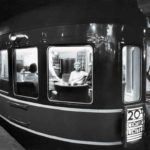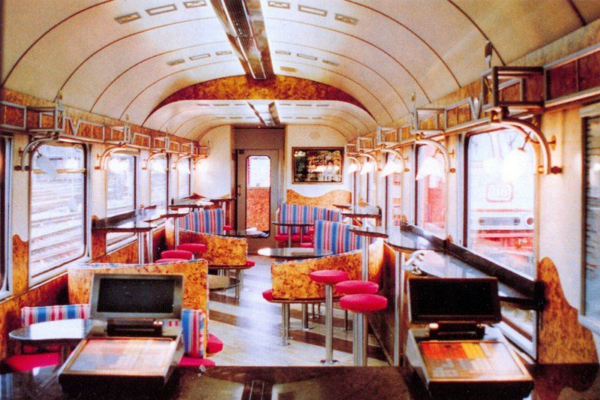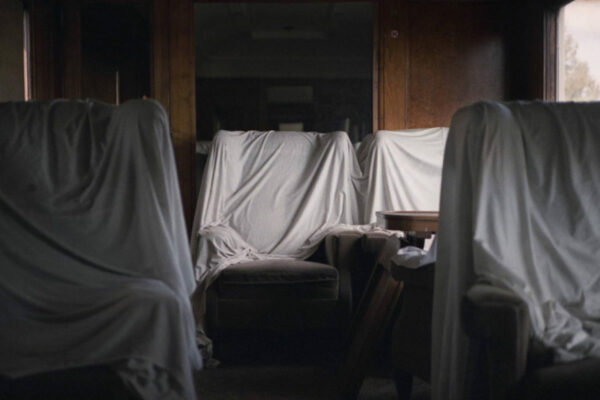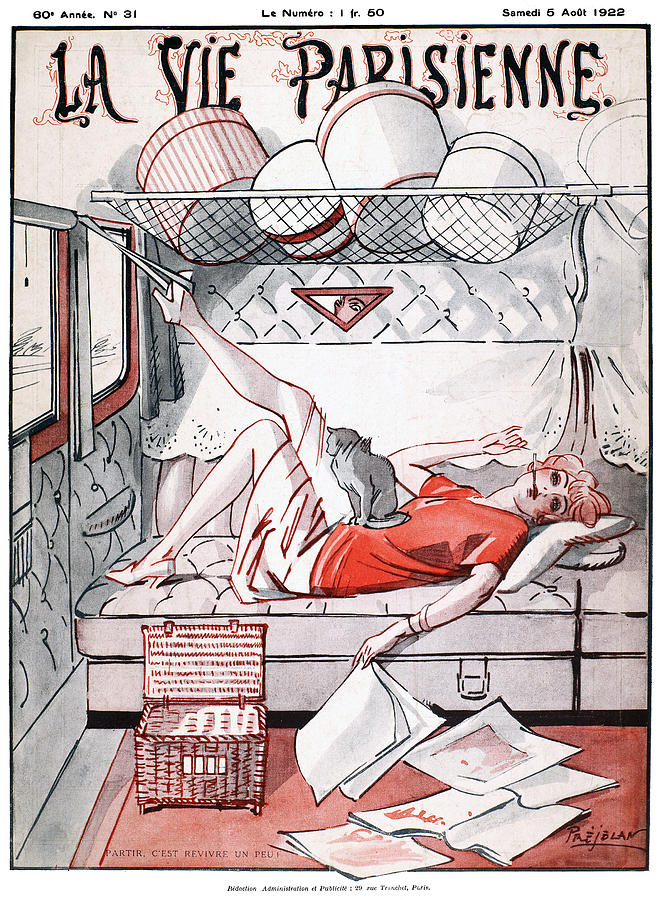
Books, songs and movies have long-romanticised what it’s like to travel overnight on a sleeper train. Judy Garland took us on a musical ride along the Santa Fe Railway in The Harvey Girls, while Bing Crosby and company whisked us across the American plains to the mountains of Vermont aboard a beautifully vintage streamliner train in White Christmas, sipping cocktails in a fancy bar car dressed to the nines, before retiring to their velvet curtained sleeper bunks. Then there were the more suspenseful journeys with James Bond aboard the Orient Express in From Russia With Love or with Agatha Christie, whose secret villain happily does away with numerous travellers during the night in what is probably the most famous sleeper train story of them all, Murder on the Orient Express.
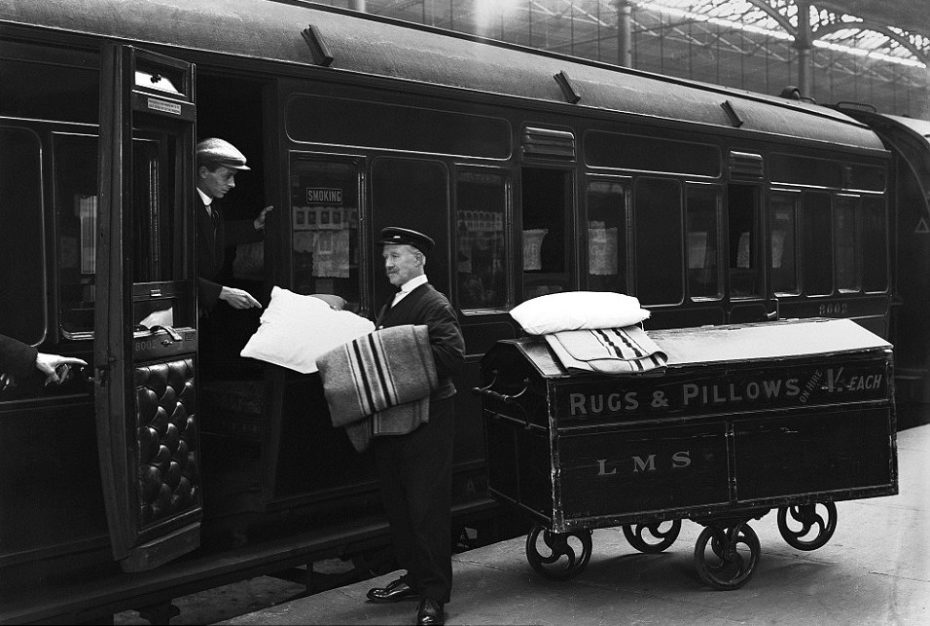
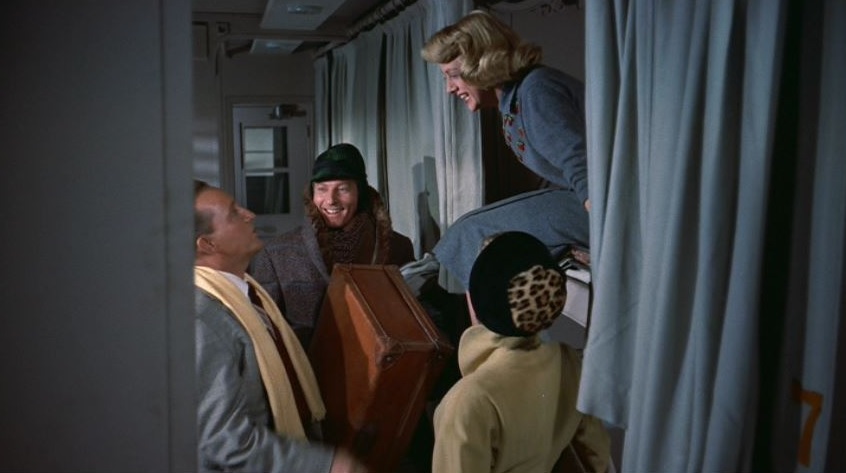
Despite all of the glamour and intrigue, sleeper trains unfortunately dwindled by the late 20th century due to crippling running costs. New budget airlines drew most customers away with the promise of faster journeys for half the price; the necessity of convenient travel almost completely wiping out the seemingly dated mode of transport entirely. But special circumstances have a way of helping long-since departed services to make a comeback. Recent announcements from Sweden and France regarding funds for the reopening of overnight train services have resulted in a flurry of excitement for the resurrection of sleeper trains, perhaps by society hoping to reduce their carbon footprint and possibly even limit the spread of a particularly prevalent virus.
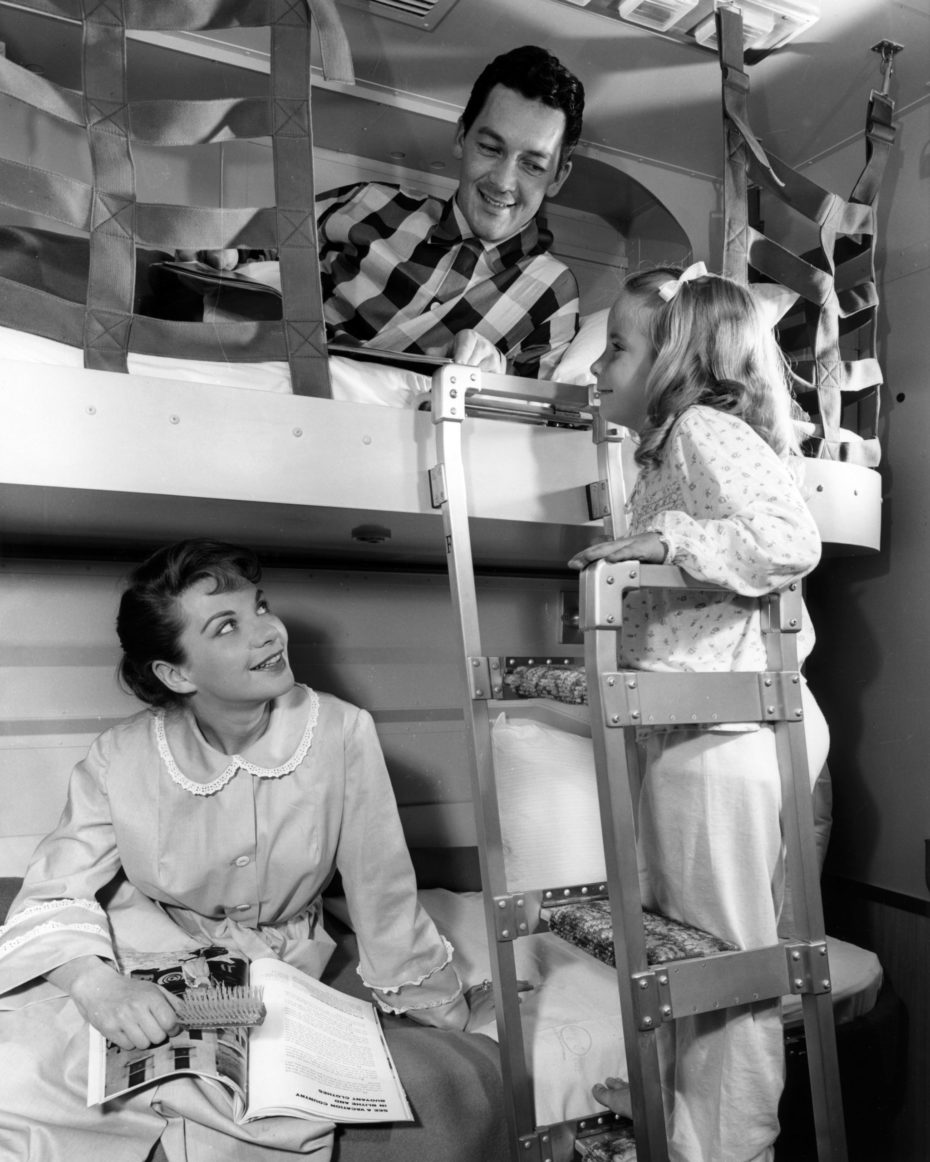
Today, we’re taking a look back at how the romantic notion of being lulled into the arms of slumberland by the gentle rocking of a speeding train and waking up in a new country was embraced by the masses during a period of great change for the modern western world.
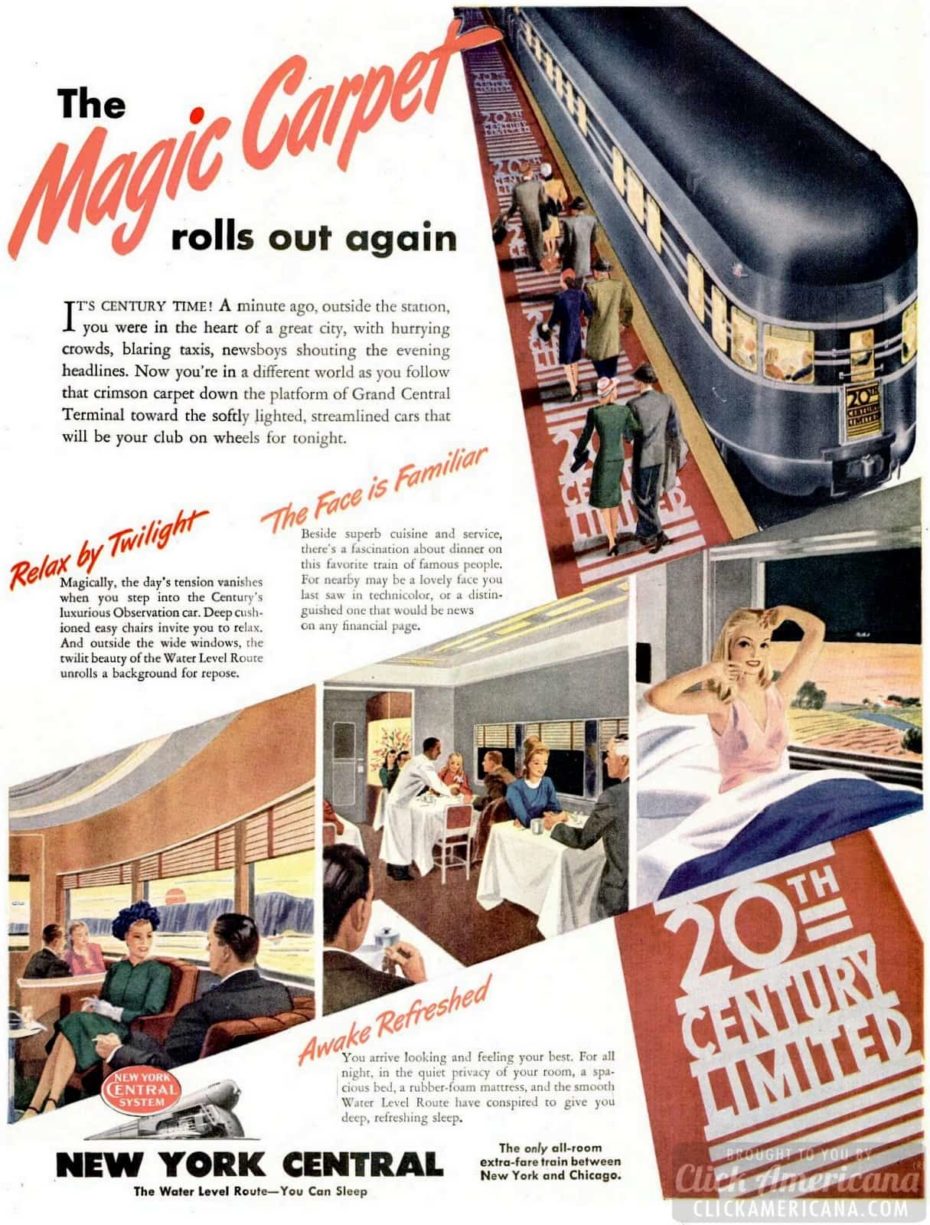
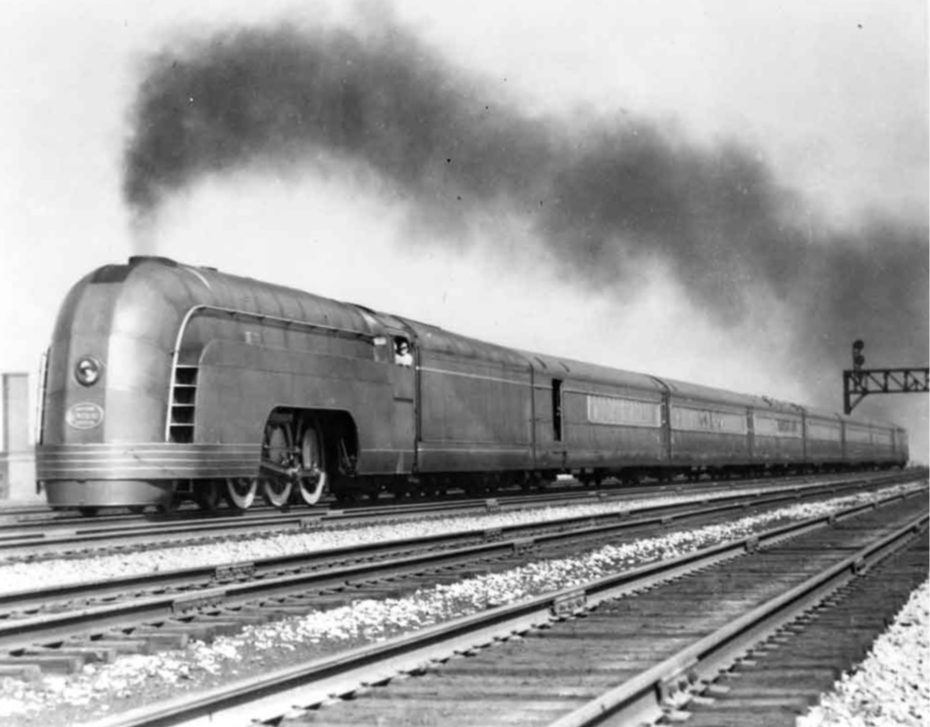
In 1804, during the Industrial Revolution, trains changed the way products and chattel travelled across land, soon followed by the ability to safely transport humans. Within 30 years trainlines had been laid in abundance across most countries, connecting cities in a way never thought possible. By 1838 sleeper cars had been added to British, then American, passenger trains to allow for longer journeys. As with everything at that time, most new inventions were incredibly expensive and mostly reserved for the upper classes, so the sleeper cars had to reflect the opulent requirements of its customers, such as these beautiful Rococco inspired cabins.
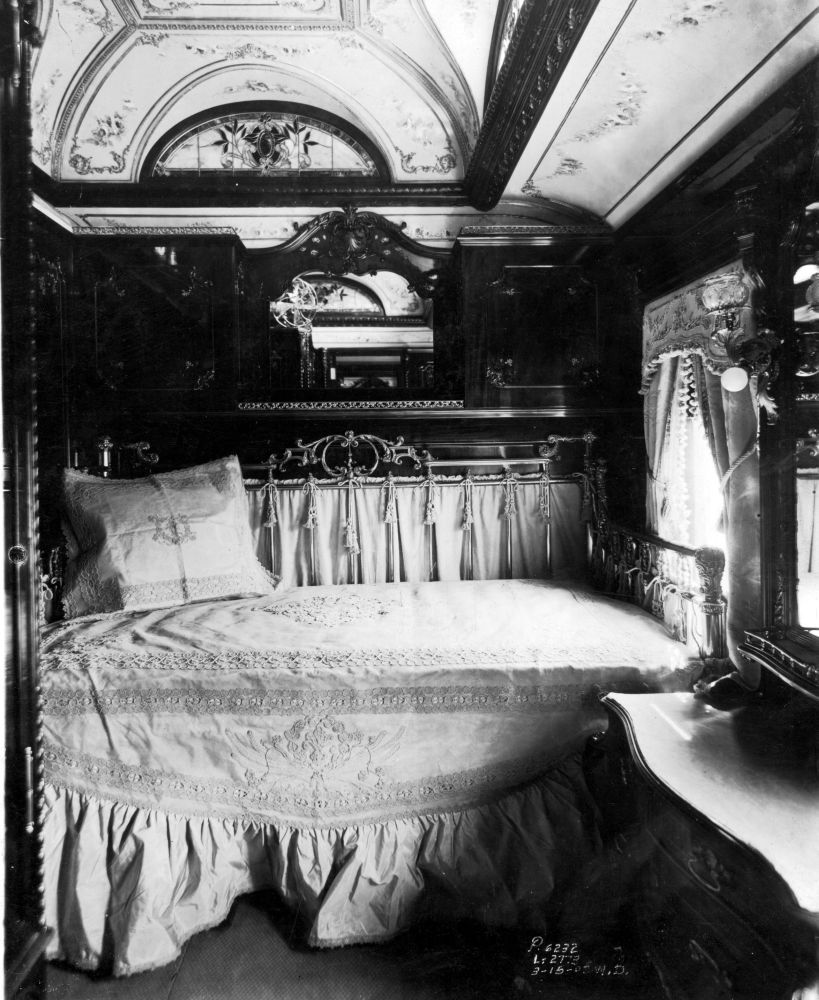
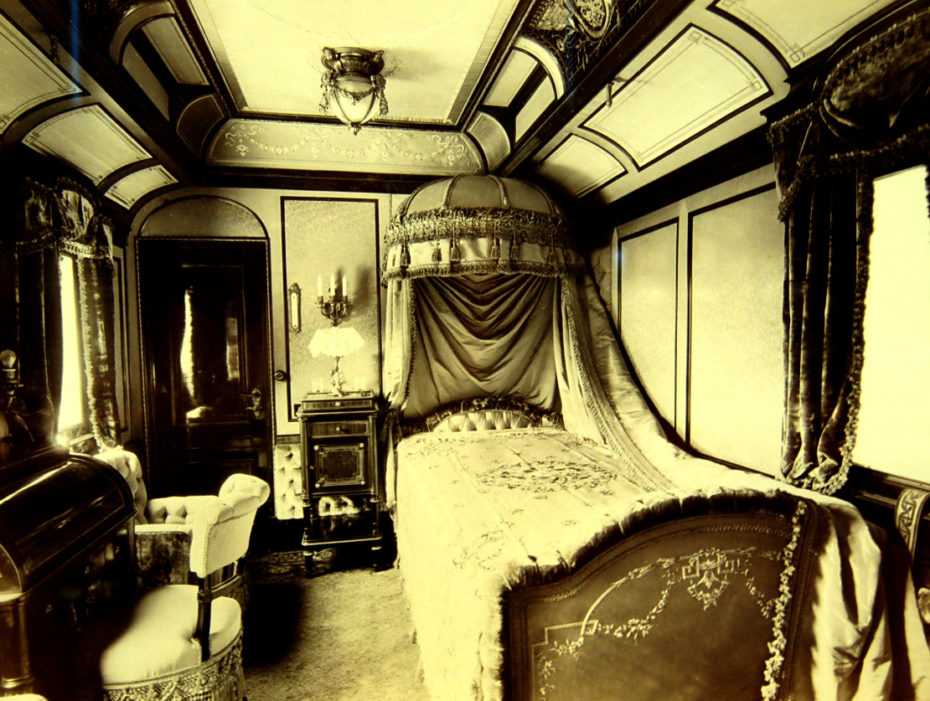
By 1865, George Pullman, the CEO of the Pullman Company and manufacturer of railroad cars, had turned his attention to building luxurious sleeper trains and soon enough, dozens of his green coaches were in operation all over the U.S., encouraging more Americans to make their way across the country with their eyes closed. The increase in popularity and availability reduced the cost and allowed for more passengers to enjoy the sensation of sleeping aboard a train.
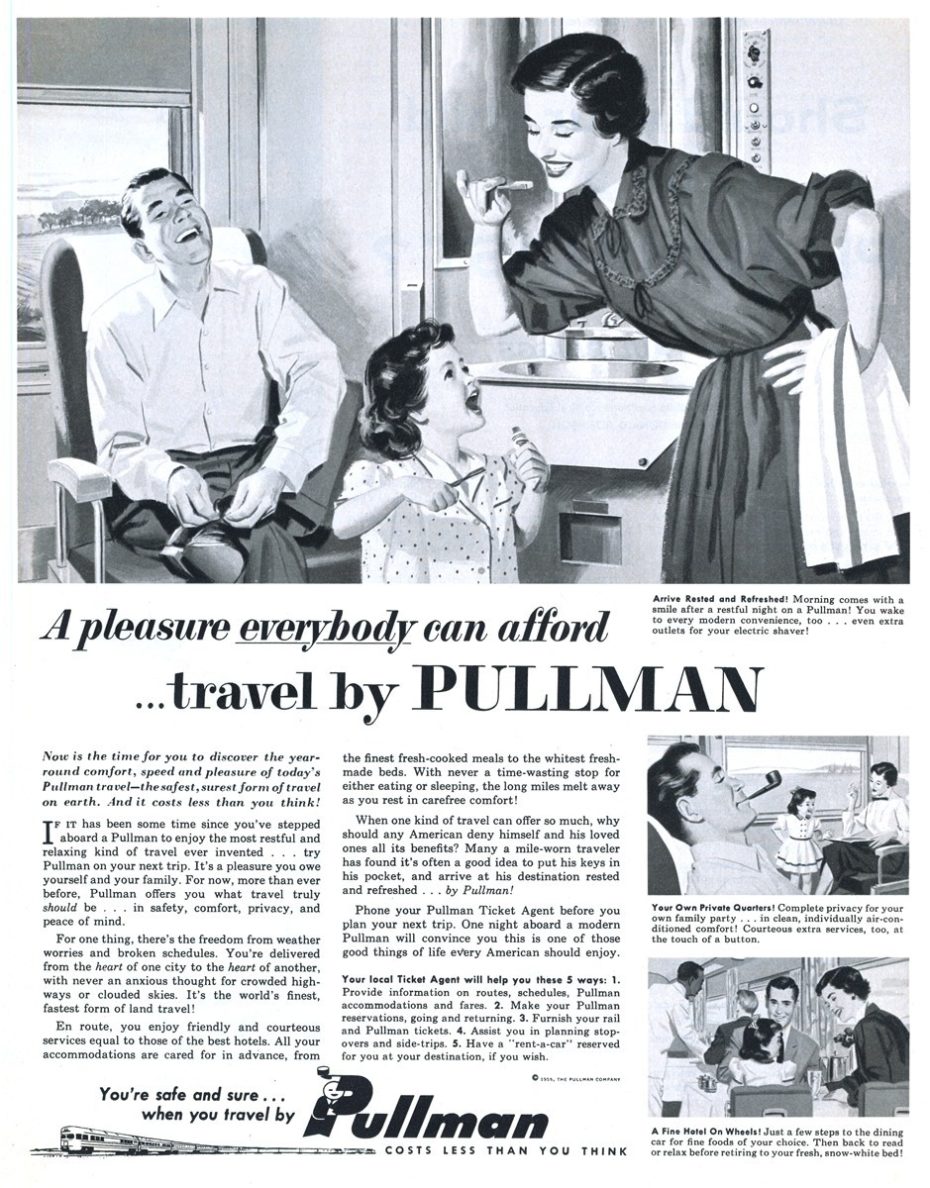
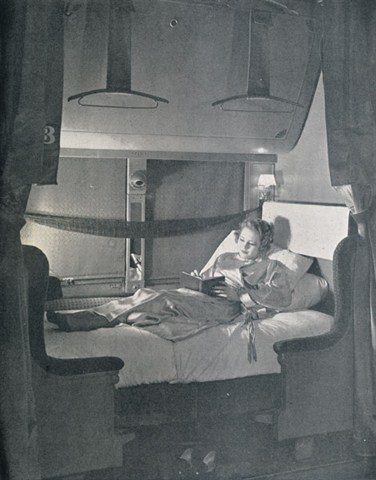
First came the curtained accommodation, as seen in the Marilyn Monroe movie, Some Like It Hot, where dozens of glamorous gals all pile into one bunk with a surprised Jack Lemmon in full drag, hauling bottles of contraband liquor while their chaperone slept on.
Further into the 20th century, private compartments called roomettes (accommodating just one person) began to phase out the curtained open section sleeper cars, soon followed by full compartments, complete with upper and lower berths as well as washrooms. First-class passengers, by this point however, were travelling in larger accommodations that boasted drawing rooms with pianos and real double beds.
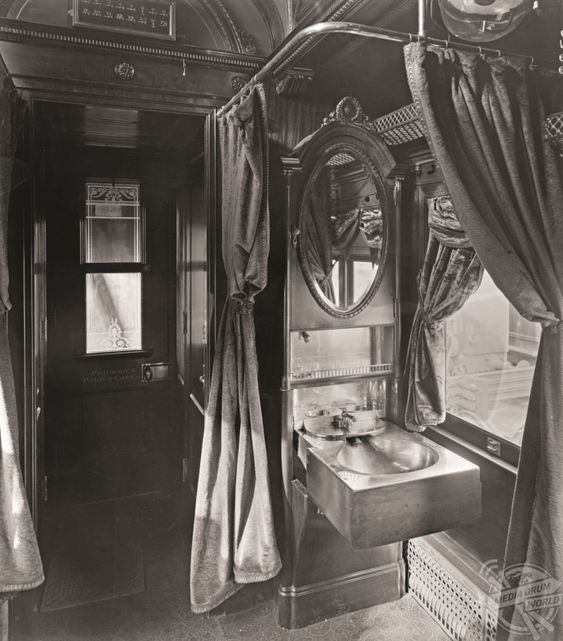
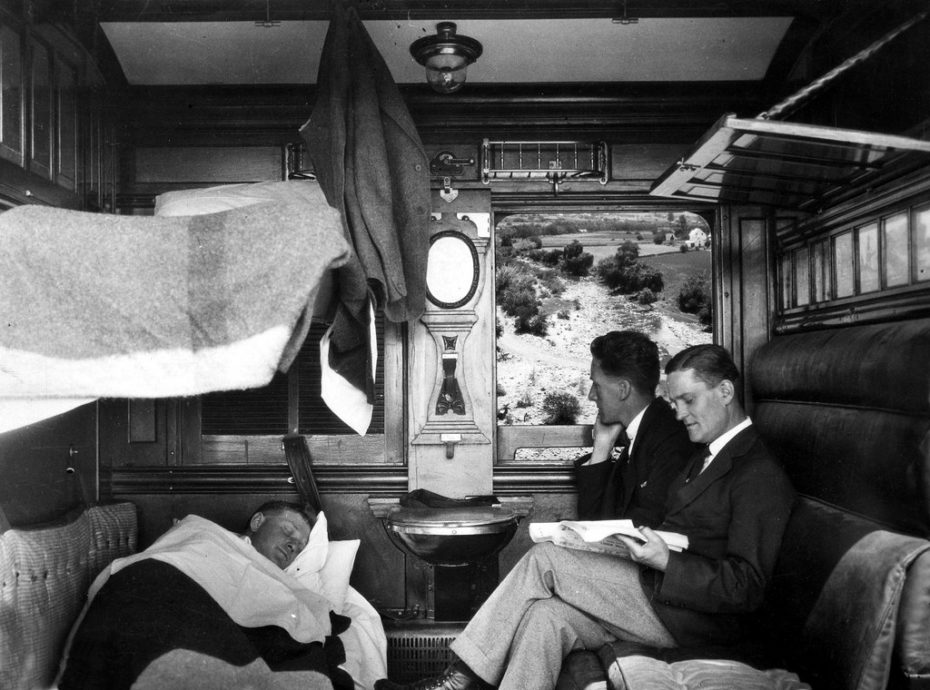
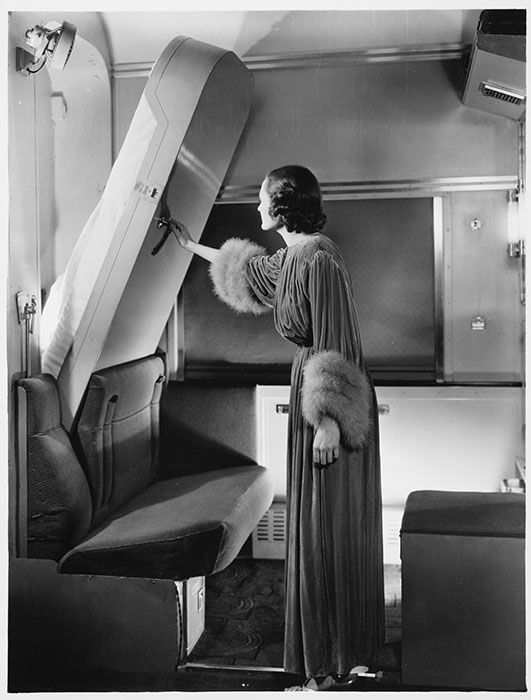
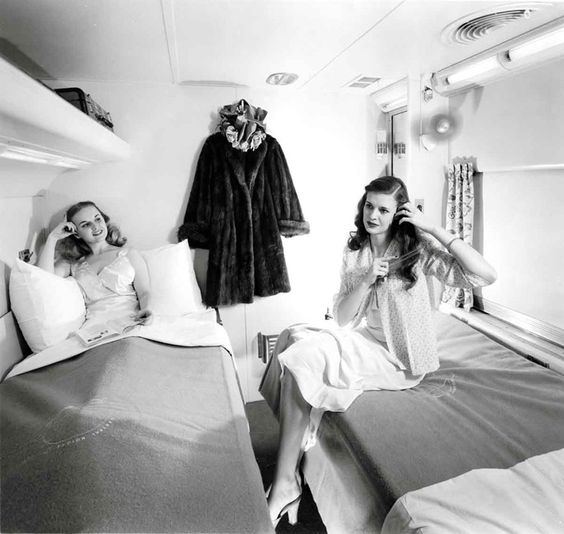
Not only was the impact of this exciting and convenient mode of transport a boon for anyone hoping to travel long distances in previously unimagined comfort, to start new lives, visit far-away family or to extend their business on a national level, but by the 1920s it had an unexpected and incredibly significant cultural impact on African-American culture. The porters tending to the needs of the passengers travelling onboard the Pullman sleeper trains were, in their majority, men of colour. At one point the Pullman Company was the largest employer of African Americans, mostly due to reputable pay and job security.
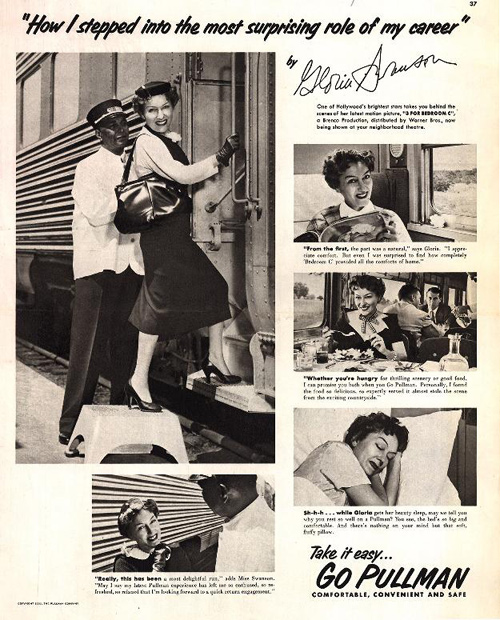
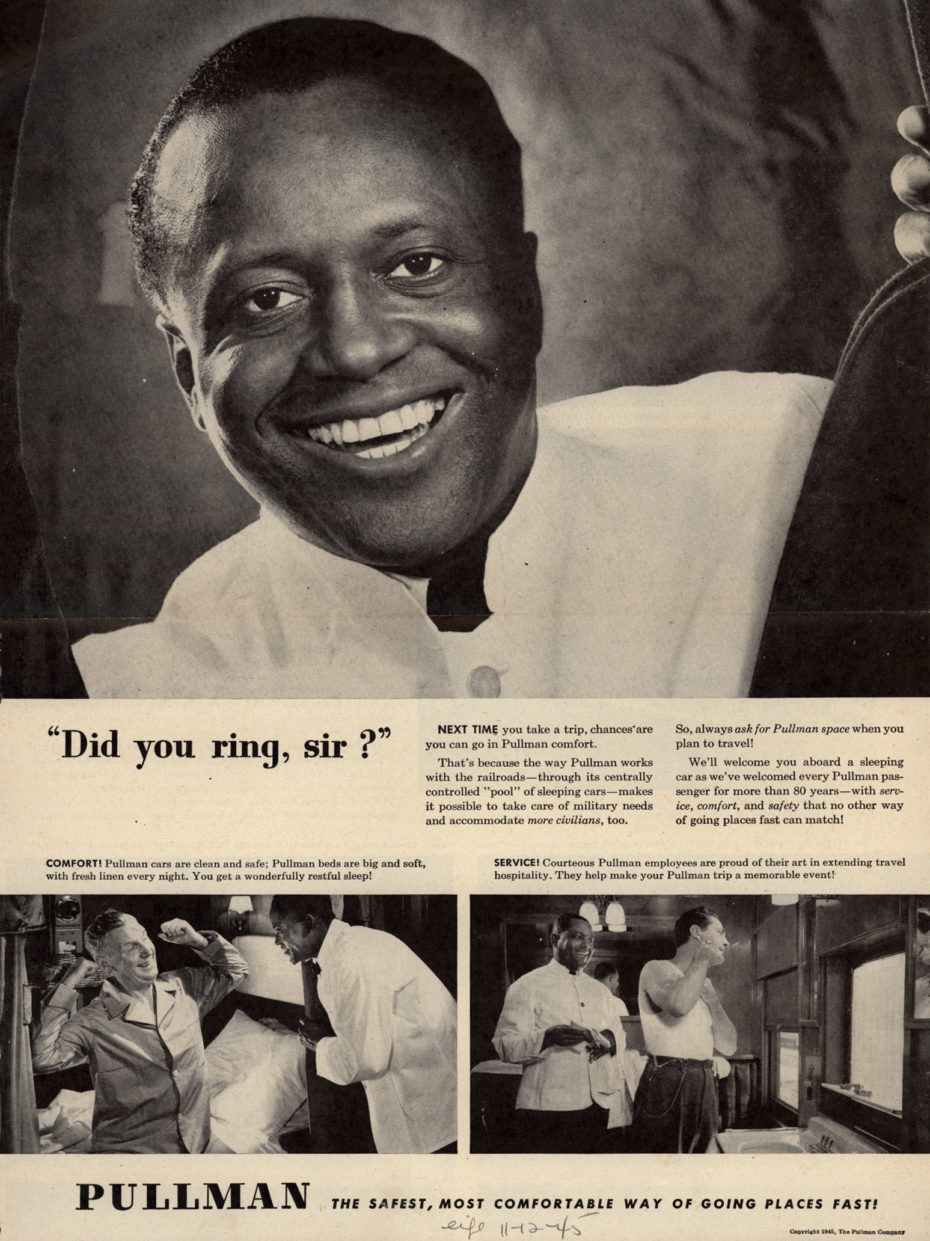
However, at one end of the rose-tinted glasses scale, the chance to travel was also a particularly exhilarating bonus to the job, as it meant previously short-reaching news could be carried and distributed around the country, something that became an important factor in the start of the burgeoning Civil Rights movement. This spread of information from influential black-run newspapers, such as The Chicago Defender, which was a staunch campaigner against Jim Crow era violence and segregation, also aided in what is known as the “Great Migration”, where Black Americans were encouraged to leave their uncertain lives in the South of America to a slightly more promising future in the North, using successful Black individuals as inspiration.
Phonograph records of jazz & blues were also spread across the country in the same manner. In a time when you wouldn’t hear Black music on predominately white radio stations, this canny dispersal of African-American culture helped to popularise the music styles and, subsequently, the recording artistes.
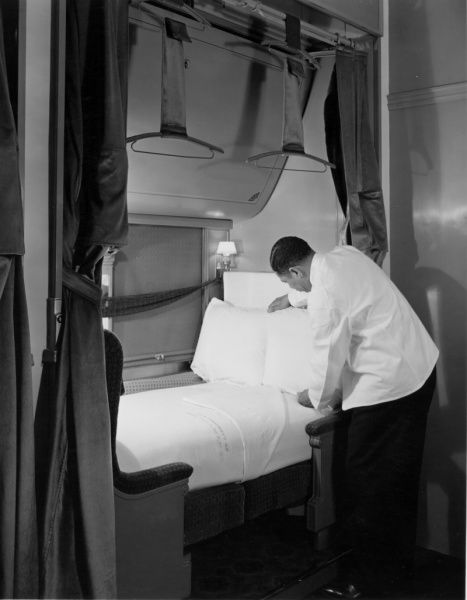
But, at the other end of the not so rose-tinted-glasses scale, the porters were all made to work under the moniker “George”, after their employer George Pullman. The reason their personal identities were fundamentally obscured in this way was so the wealthy white passengers wouldn’t have to go to the obviously inordinate amount of trouble to remember their actual names (or even just read their name off a lapel pin).
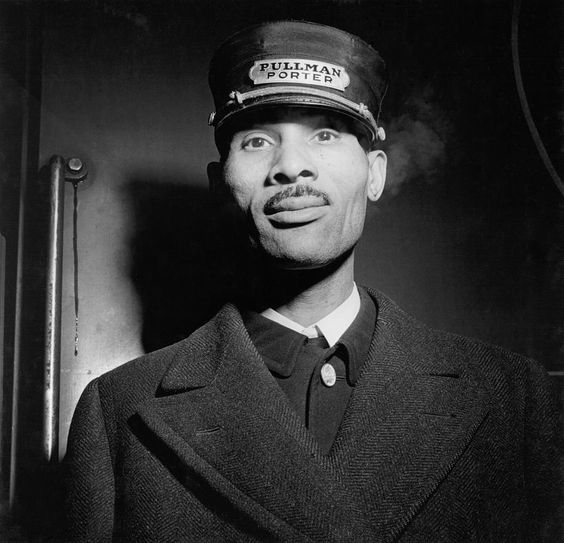
Today there are still plenty of overnight sleeper trains offering magnificent accommodations and thrilling scenic views, offering tourists alternative luxury travelling holidays that emulate the grace and splendour of grand sea faring cruise liners.
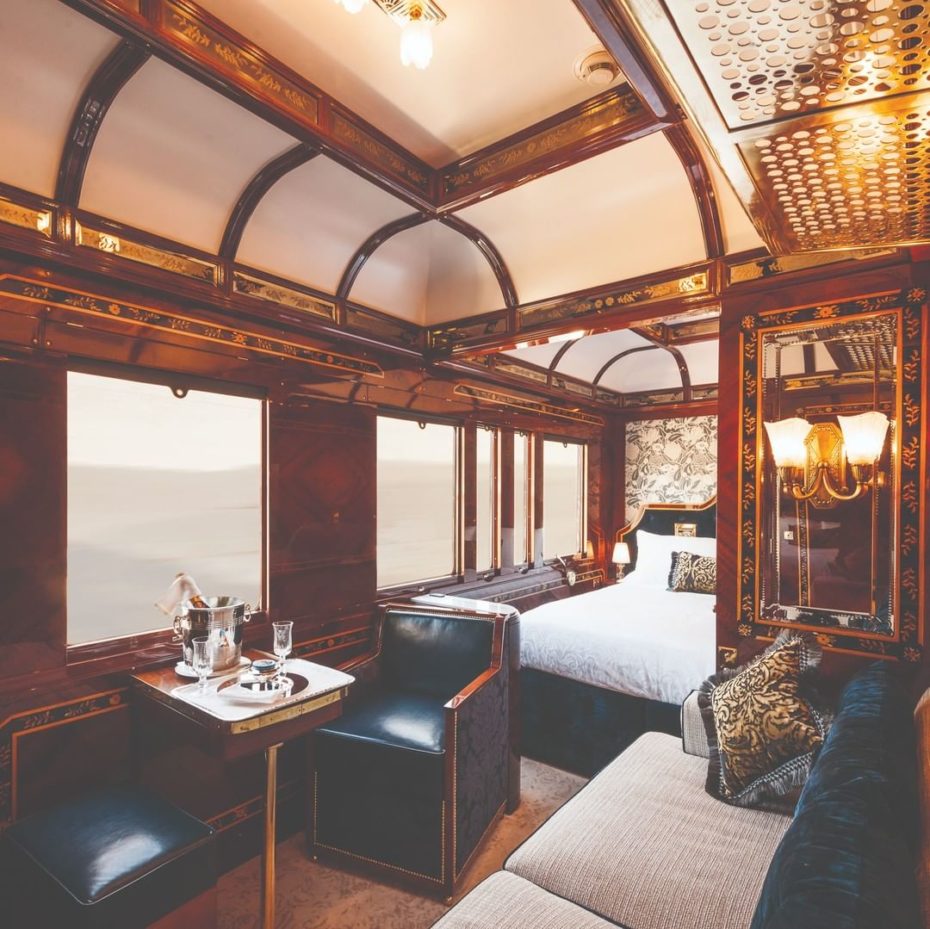
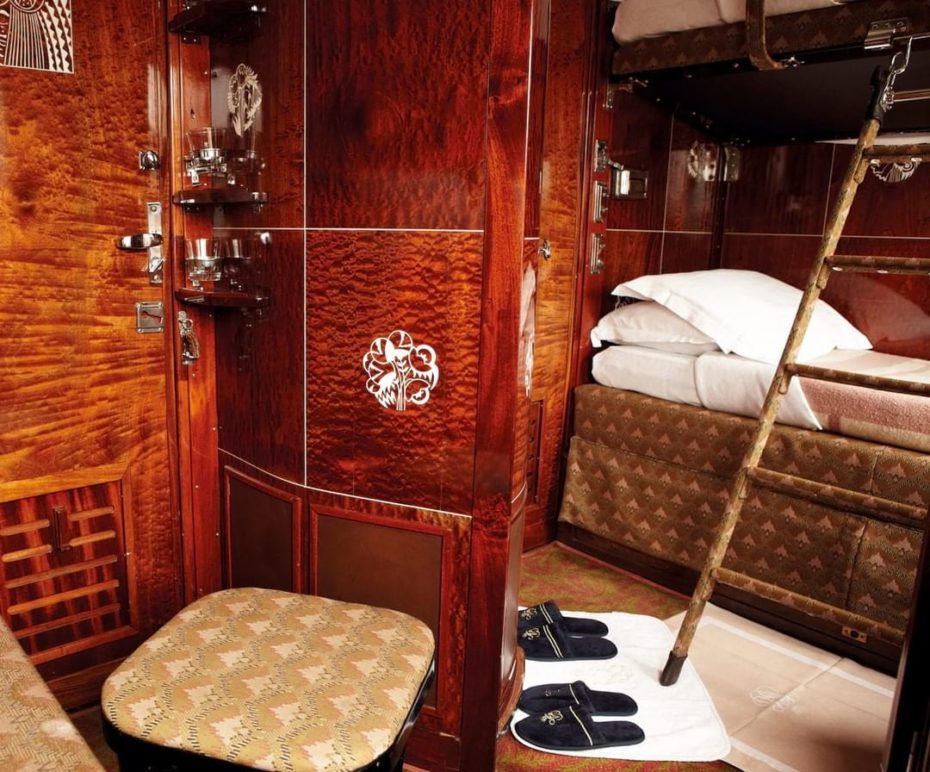
The legendary Orient Express, is of course still operating its infamous journey between Paris and Istanbul and re-opening more routes in a major comeback for the historic train company. With Michelin star chefs and decadent private compartments (now updated with wi-fi), it may cost more than a deposit on a house, but the opportunity to immerse oneself in an environment reminiscent of something Gatsby could have designed himself is a once-in-a-lifetime experience (hopefully without all the murderous antics).
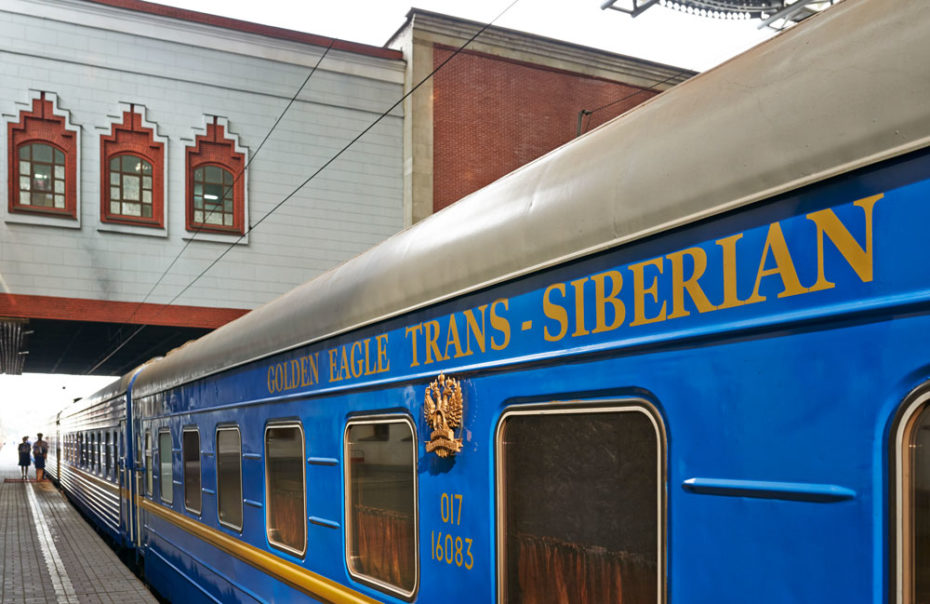
The Trans-Siberian Express would probably be the next on the list of most famous overnight train experiences. Its first class accommodation contrasts starkly with its coach facilities (think Wes Anderson meets the Eastern bloc), but if the riotous stories of legendary vodka-fuelled journeys across Siberia are anything to go by, there may just be more bang per buck aboard the Russian sleeper.
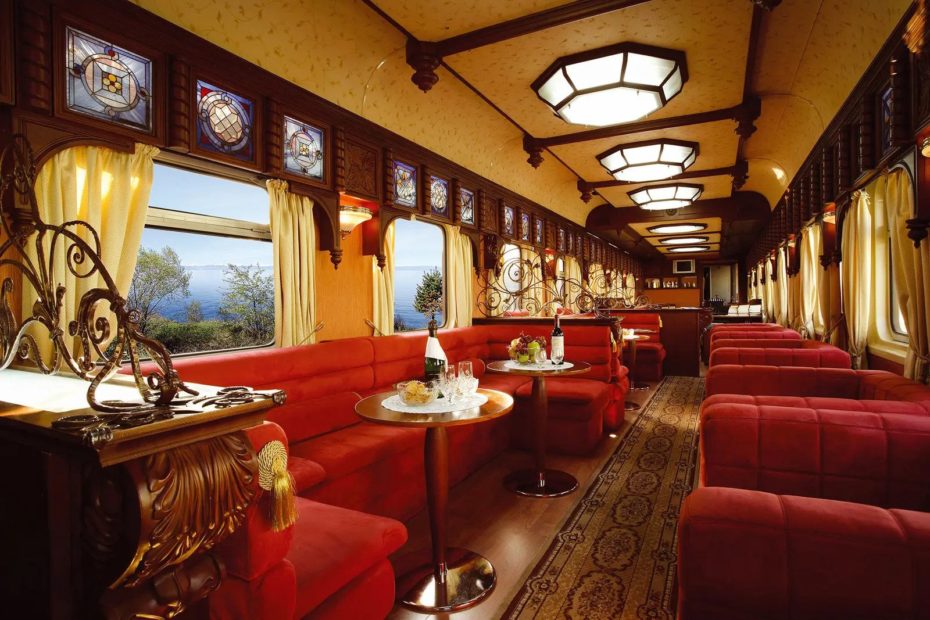
Unfortunately a trip on the Hogwarts Express is a pipe dream for most people (to the exclusion of any witches and wizard readers, of course), however the Scotland leg of the journey can be easily replicated by purchasing a ticket aboard the Royal Scotsman.
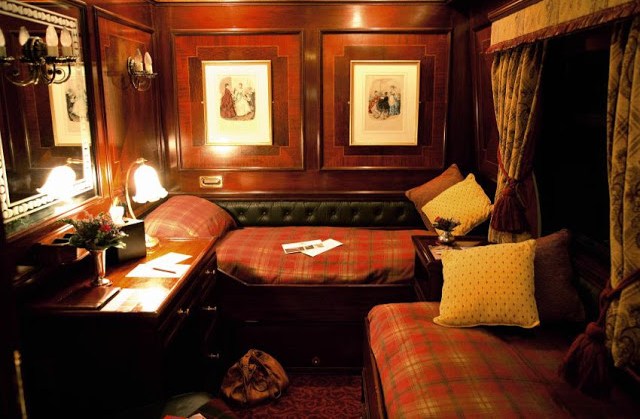
Not to be confused with the now defunct Flying Scotsmen, which was indeed the original inspiration for the magical train journey from London to Hogwarts, the Royal Scotsmen’s journeys are limited to Scotland only. Fortunately this doesn’t make the experience any less magical! Vintage restored Pullman carriages keep you cocooned in Edwardian splendour while you marvel at the stunning Highlands countryside.
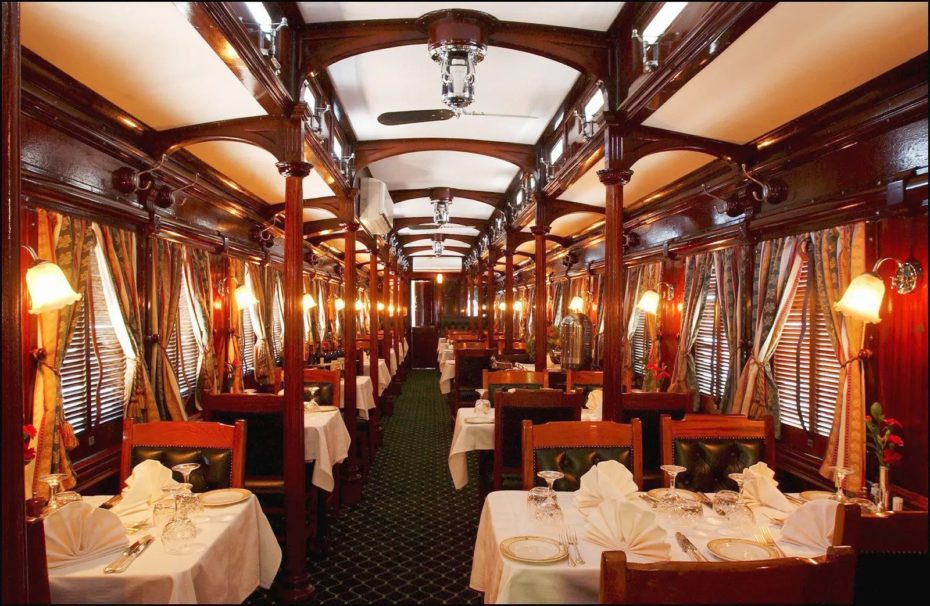
And last but not least, one that’s been at the top of our bucket list for far too long, The Rovos Rail, in South Africa, Zimbabwe, Zambia, and Tanzania. The family-owned luxury train company has been running their service since the 1980s on antique steam locomotives. Learn more about boarding their trains here.
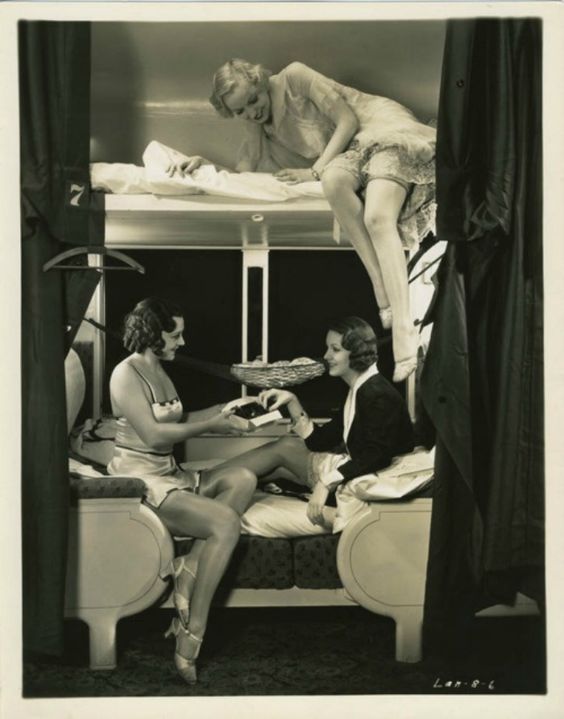
Whether the notion of shuttling across the countryside through the night is enchantingly romantic or just plain practical, the silver lining is that more affordable sleeper train journeys may soon become another part of the new normal. The destination may not be as wondrous as a wizarding school set in the Highlands, but the if the journey could result in even half of what the “George” porters were able to accomplish 100 years ago, there may, in fact, be a silver lining for the environment today.



